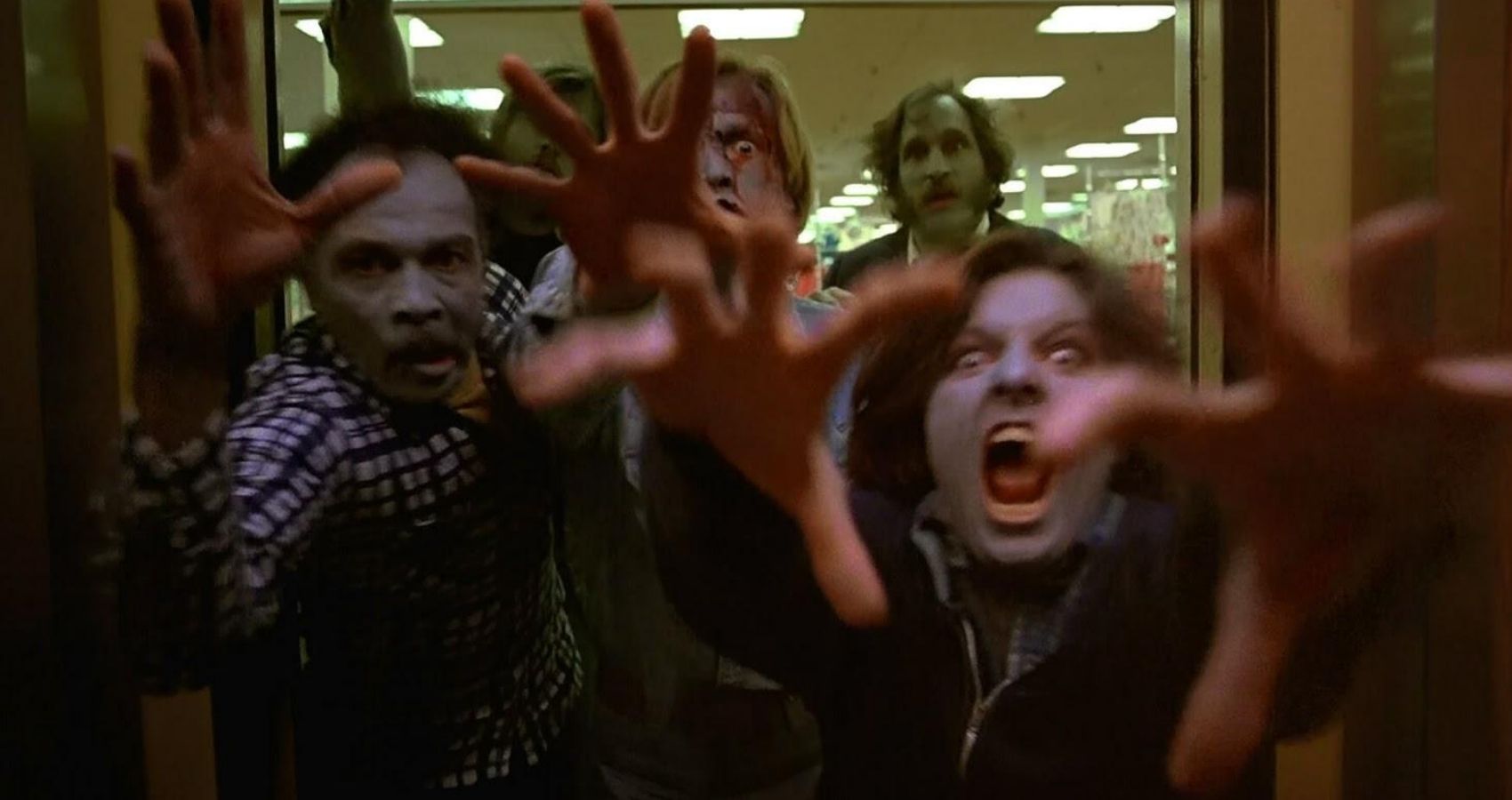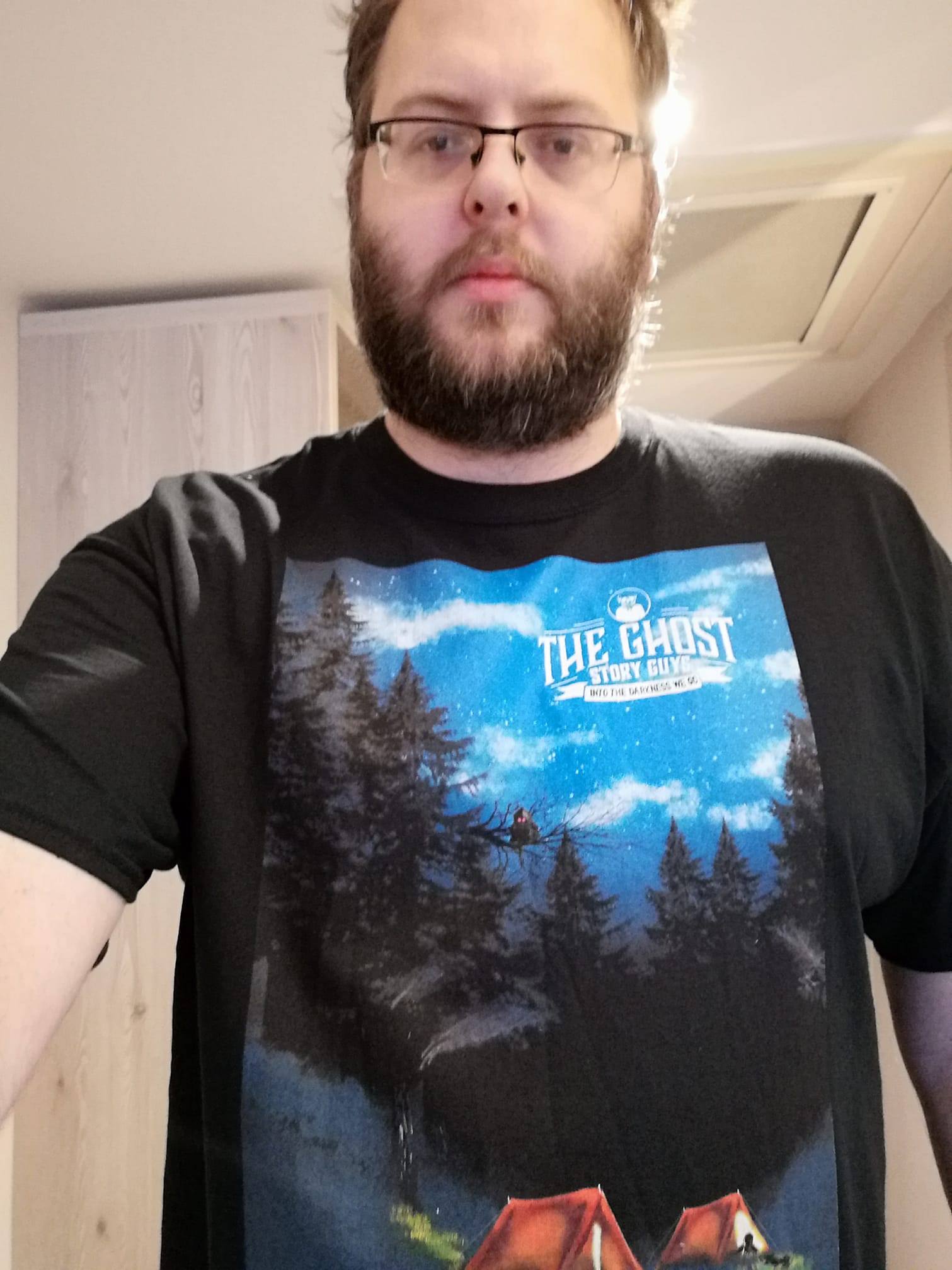
What do traditional Romero zombies and VHS era classic mascot slashers have in common? They’re slow, but they’re implacable. They will just keep on coming, and coming, until you make a mistake or just get unlucky, until they inevitably catch you…
Now, you know where this gets cool and more than a little primal? Human evolution. Well, hominid, depending on how far back you go. We don’t have claws. Our teeth are kind of “meh”, made for eating basically anything so no real specialization. We aren’t very fast. While we can be sneaky, we don’t have natural camouflage. But we, or else the proto humans, want that delicious high calorific meat of other animals (who have the poor judgement to be made of this delicious substance).
So what do we do? We stalk. Our bipedal gait has gravity doing half the work, we’re ape enough still to be able to deal with rough terrain, our weird lumpy bodies don’t have the raw power of our distant relative simians but they ARE built for incredible levels of endurance. So we stalk. We follow.

Our prey stops to drink after it has sprinted, and here we come catching up. They run again, and we follow. They stop panting, desperate to recover, and these sweaty hairless apes just keep coming with no need to stop to cool down. Until eventually the prey can run no more, and our early great inventions of Pointy Stick and/or Rock seal the deal. MEAT!
Early humans were the perfect Persistent Predator, able to relentlessly harass sprinting prey animals with a combination of cunning and endurance that isn’t matched anywhere else in the animal kingdom. This seems to still be hardwired into us somewhat and we can see glimpses of it in horror movies like Halloween, Friday the 13th(mostly Jason but even Mama Vorhees), the Trilogy of the Dead, and recent remixes such as It Follows or It Stains the Sands Red.
Ever wondered why the relentless walk was so scary? It’s because this is how Homo Sapiens used to stock up the barbeque before agriculture caught on, and we still on some level recognize the technique…
More reviews:
Haunted Ulster Live (2023) Film Review – Tune In for Horrors Near You [Unnamed Footage Festival 7]
In the tradition of pseudo-local-TV broadcasts like Ghostwatch and WNUF Halloween Special, homegrown horror heads to N.Ireland in Dominic O’Neill’s Haunted Ulster Live. Set in 1998, TV newscaster Gerry Burns…
One Cut in the Life (2020) Film Review – A Poignant Portrayal of Emotional Stress
Featured in JFFH (Japanese Film Fest Hamburg), One Cut in the Life is a poignant drama written, produced, and directed by Shintaro Hachi- a relatively unknown, up-and-coming filmmaker. He stated,…
Dagr (2024) Film Review – Found Footage Folk Horror That Slaps
Dagr (2024), by director Matthew Butler-Hart and produced by Fizz & Ginger Films, is the perfect found footage film: a labour of love from a small but incredibly talented creative…
Dreams of Flesh (2024) Film Review – VR Therapy
Dreams of Flesh is a 2024 sci-fi horror, written and directed by Davide Pesca with additional writing from Fabrizio Pastura. The film is the third and final installment in the…
Waxwork II: Lost in Time (1992) Film Review – A Futile Effort
Anthony Hickox seems to have fun recalling the past that he managed to come up with another story about anachronisms and horror film icons in Waxwork II: Lost in Time….
The Mildew from Planet Xonader (2017) Film Review – Beautifully Moist
The Mildew from Planet Xonader is a 2015 English-language Italian splatter horror film, written and directed by Giulio De Santi and Neil Meschino, with additional writing from Dave Fogerson and…

Luke Greensmith is an Editor at the Grimoire of Horror and an active folklorist as well as working in film across a few roles. While this can cover quite a wide range of things, he’s a dedicated horror fan at heart and pretty involved with horror communities both online and local to him. You can find their folklore work on the Ghost Story Guys Podcast, their own LukeLore podcast, and accompanying the artist Wanda Fraser’s Dark Arts series as well as on the Grimoire of Horror itself.
![Haunted Ulster Live (2023) Film Review – Tune In for Horrors Near You [Unnamed Footage Festival 7]](https://www.grimoireofhorror.com/wp-content/uploads/2024/03/Haunted-Ulster-Live-Title-Card-365x180.jpg)




